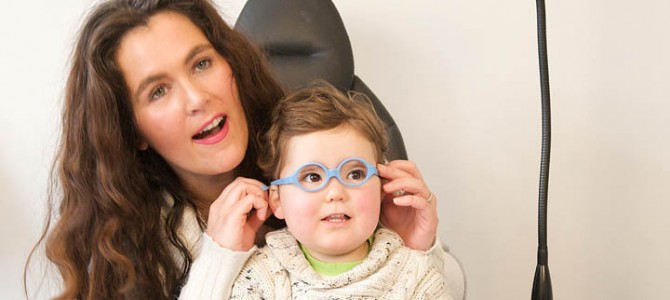It’s especially important to correct vision problems in children because they can affect a child’s physical and intellectual development.
Children rely on all of their senses to understand the world around them — so healthy eyes and good vision are crucial to a child’s development. Vision problems can affect an infant’s ability to develop hand-eye coordination, depth perception, and other basic skills. Poor vision in older kids can cause them to do poorly at school or in sports, prompting frustration and anger.
However, kids’ vision tends not to receive the attention it deserves with only 53% having had a full eye examination. To ensure your child’s eye health, you should schedule regular eye exams and watch for signs of vision problems.
When Should Kids Have an Eye Exam?
Vision experts recommend that youngsters receive comprehensive eye examinations at certain ages and milestones:
- Newborns should be examined for possible congenital eye problems.
- Around 6 months of age, children should have their first comprehensive eye exam. The doctor will look for eye health problems and signs of vision issues like short-sightedness, long-sightedness, or problems with eye movement.
- By age 3, children should have their first eye examination with an optometrist, which will determine whether they need glasses to correct short-sightedness or long-sightedness. This will also screen for eye health issues and eye movement problems.
- From then on, eye exams should be done annually for children under 16 and more regularly if advised by the optometrist
Signs of Vision Problems in Children
Children who have poor vision will most likely exhibit telltale behavioural clues. Parents should watch for:
- Recurrent headaches and nausea not related to any illness
- Constant rubbing of the eyes
- Extreme reactions to glare or bright light
- Inability to follow an object with their eyes
- Chronic tearing or redness of the eyes
- Frequent squinting
- Difficulty reading or nausea after reading
- Problems seeing objects at a distance
- Difficulty reading a board from the middle or back of the classroom
- Sitting close to the TV
- Holding books close to the face
- Writing with the head close to the writing surface
- Closing one eye to see better
Choosing the Right Glasses for Your Child
Picking the right glasses is very important for kids who are short-sighted or long-sighted. Here are a few tips:
- Let kids pick out the frames for their glasses.
- Choose plastic frames for children 2 or younger.
- Older kids who want metal frames should have ones with spring hinges, which make the frames more resistant to bending and other damage.
- Prescription sunglasses are strongly advised for children who are even more susceptible to UV damage than adults.
As for contact lenses, kids should show that they can insert and remove the lenses and will take them out and clean them as required by their optician.

